Relax ... it could improve your fitness
Researchers recently showed a sauna can boost cardiovascular function. We look at other ways to ease yourself into improved fitness
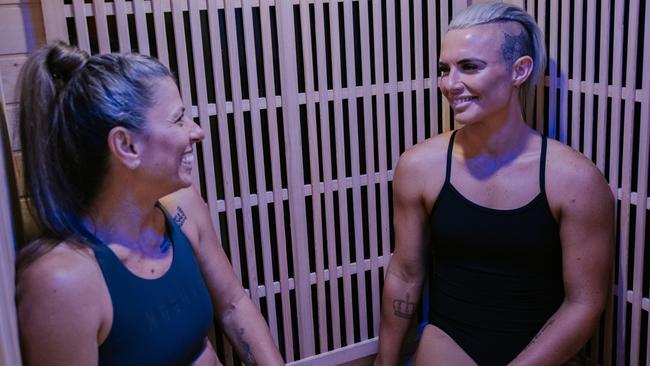
Some good news: several recent studies reveal that the kind of gentle, therapeutic practices more often associated with spas than gyms can enhance the effects of exercise and aid muscle recovery. “Fitness should never be just about hardcore workouts that leave you exhausted,” says Dalton Wong, founder of Twenty Two Training. “So many footballers and professional sportspeople factor in complementary approaches that help them to progress.” So take your foot off the pedal and relax – you could get fitter as a result.
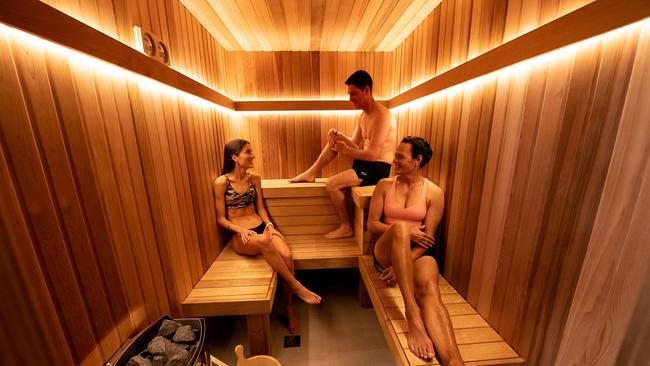
Take a 15-minute sauna
Finnish-style “dry” saunas have been shown to boost general health and support a healthy immune system, reduce blood pressure and even speed recovery from colds and reduce the chance of getting one in the first place. “The dry heat of a sauna can actually decrease inflammation in the body,” says Dr Setor Kunutsor, a researcher at the University of Bristol who studies the effects of saunas on health.
Now it seems a sauna can enhance fitness levels when combined with exercise. Active middle-aged people who take regular saunas have been shown to have a slower decline of muscle mass with age, a condition known as sarcopenia that affects strength, balance and physical capabilities. In a recent study, Kunutsor asked a group who were aged 30 to 64 and had desk-bound jobs to do workouts on three work days for eight weeks. The sessions involved a 10-minute warm-up, 20 minutes of basic bodyweight resistance exercises – lunges, squats etc – and 30 minutes on an exercise bike, with some of the group taking a 15-minute sauna after each of the workouts. Both groups improved their aerobic fitness compared with when they started, but adding a sauna had a “substantial supplementary effect” on cardio fitness as well as on blood pressure and total cholesterol levels. “Sauna bathing is a valuable lifestyle tool that complements exercise for improving cardiorespiratory fitness,” they concluded.
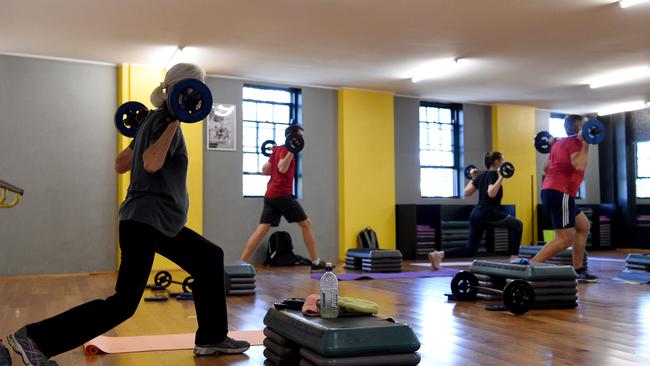
The heat of a sauna is known to trigger protective responses that improve heart health in a similar way to physical activity. When German researchers measured the cardiac responses of 19 healthy adults after a single 25-minute sauna session, they found heart rate and blood pressure increased on a par with moderate exercise such as a jog or easy cycle.
“A sauna session is a physical strain. Its long-term positive effects are similar to sports activities,” says Dr Sascha Ketelhut, a sports scientist at Martin Luther University Halle-Wittenberg and the lead author of the paper. It won’t work the muscles in the same way as a workout does, but, Wong says, “exposure to heat increases the flow of blood pumped around the body, which aids recovery so that you are ready sooner for the next hard exercise sessions. It’s a staple of top athletes because it helps them to unwind and recuperate.”
Note: with certain medical conditions, such as heart disease, you should check with your GP before using a sauna.
Use a floatation tank
Floatation therapy involves floating on water in a pod or tank that is devoid of light and sound. It is lauded for its supreme relaxation benefits and studies have shown that regular use can reduce levels of stress hormones such as cortisol, but can also aid your fitness by speeding up recovery.
One study involving 60 athletes showed that a post-workout floatation tank session enhanced mental and physical recovery; another found that less fit people benefited from spending one hour in a floatation tank after a weights session with researchers reporting that measures of muscle recovery and perceived pain were better after the float therapy. Wong says that floatation tanks are a great addition for anyone who works out regularly. “The water is usually full of Epsom salts, which contain magnesium sulphate, known to heal sore muscles and speed recovery.”
Do gentle yoga
Yoga helps with flexibility and mobility, so it stands to reason that more dynamic yoga types such as ashtanga will improve your fitness, but more surprising is that gentle yoga is often the choice of top athletes looking for a performance boost. “A lot of fit gymgoers are drawn to fast-paced yoga when slower-paced varieties would benefit them more,” explains Lexie Williamson, the author of Yoga for Runners (Bloomsbury). “Jumping in and out of poses can trigger the myotatic, or stretch, reflex, a protective mechanism that occurs in the muscles when a movement is too sharp or sudden, and the ‘spindles’ that wrap around muscle fibres then signal the muscle to contract to prevent any possible damage, thereby making stretching harder.”
Deep breathing in slower yoga classes triggers the parasympathetic – rest and digest – nervous system, which aids recovery from hard workouts, but it can help in other ways too. “If you are a golfer or tennis player, slow, deep yoga breathing calms the nervous system, which keeps you relaxed and focused when you are poised to swing or serve,” Williamson says. “It also helps to prevent tension creeping into the shoulders in running and can act as a natural pacing mechanism if you try to synchronise your breath to your running stride.”
Runners asked to practise yoga-based breathing for two months for a study in the Journal of Clinical Medicine were found to breathe more deeply and efficiently, making running less of a physical strain than for those who hadn’t done the yoga. According to the sports scientists who carried out the study, it is proof that yoga “may benefit endurance performance by reducing energy demand” on runners. “The basic rule is to save yoga until after your main workout, especially if it involves deep static stretching,” Williamson says. “This is because there is some evidence that static stretching can temporarily affect the power output of muscles so might slow you down.”
Williamson says ten minutes of yoga every evening is ideal, but three times a week is fine if that’s all you can fit in alongside other gym sessions, running or cycling. She suggests starting with a simple flowing sequence, such as yoga’s “cat stretch”, then holding two or three poses for 20 seconds or longer with deep breathing. “Playing sport or doing workouts hard is fantastic for fitness, but floods the body with adrenaline and cortisol - exactly the same hormones you experience with work/life stress,” Williamson says. “It is good to take a moment to dial these chemicals in your bloodstream down with some slow inhales and exhales combined with deep stretching, and it will help you to sleep, which is when your muscle recovery processes work at their best.”
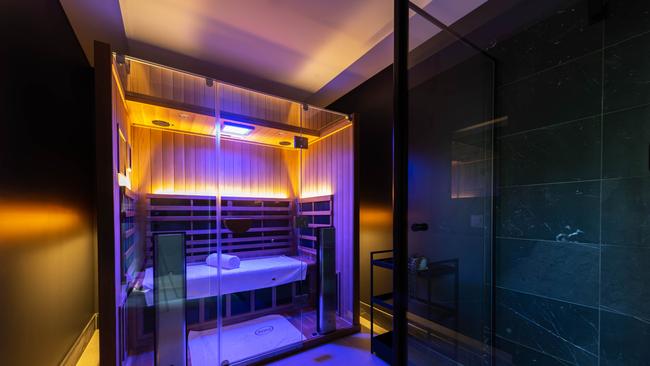
Have a sports massage
Whether or not massage helps to heal muscles after exercise is debated among scientists, some of whom believe the benefits of a post-workout rub are all in the mind.
Recent research suggests otherwise. Participants asked to complete a seven-minute HIIT session that involved 30 seconds of exercises such as jumping jacks followed by 10 seconds of recovery several times a week found that performance in certain exercises - sit-ups and standing long jumps - improved over seven weeks if they had a brief massage after each session.
Dr Holly Davis and a team at the University of Sheffield looked at 29 studies on sports massage involving 1,012 participants to find out whether regular sports massage helped people to stay in shape. Although they found that massage did not directly boost performance - such as with faster times - it did seem to help enhance flexibility and alleviate post-workout muscle aches.
“The theory is that a massage helps to improve blood flow and lymphatic drainage, to relax and lengthen muscles so that flexibility is enhanced and fatigue reduced,” Davis says of her paper, which was published in the British Journal of Sports Medicine.
Among the techniques that seemed to be helpful were “wringing”, in which superficial tissue is grasped in both hands and twisted in opposite directions; “friction”, described as “a brisk, deep stroke parallel to muscle fibre direction”; and “compressions”, which use the palm of the hand to press down on the muscle.
“It is possible that there are placebo effects of a sports massage,” Davis says. “But even if there are, perhaps one could argue that it is still part of an effective treatment because people believe it will help them recover.”
Hop into a hot tub
Some suggest that, much like a sauna, hot-tubbing simulates some of the effects of exercise. Neil Clarke, an associate professor at the Research Centre for Sport, Exercise and Life Sciences at Coventry University, says that “the heat of the water gently increases body temperature so that you start to feel hot and sweaty with a corresponding elevation of heart rate - as it would with moderate intensity exercise”.
In a review of evidence he and his colleagues found that hot tub bathing was comparable with moderate intensity cycling of the same duration for elevations in core body temperature and heart rate, although the bathing didn’t boost calorie burning in the same way as a workout.
Clarke says that you would ideally need to be submerging your shoulders in water of about 40C for the biggest fitness benefits and a hot tub is best as temperature is constant, but if you don’t have access to one, then a regular bathtub will suffice.
“Taking a hot bath after a workout and 90 minutes before you go to bed can help to change your body’s core temperature so that you sleep better,” Wong adds. It stimulates the body’s thermoregulatory system so that in the 60-90 minutes afterwards blood and heat are moved away from the core to extremities. Counterintuitively, a bath results in the kind of subtle drop in body temperature that prepares you for sleep.
THE TIMES


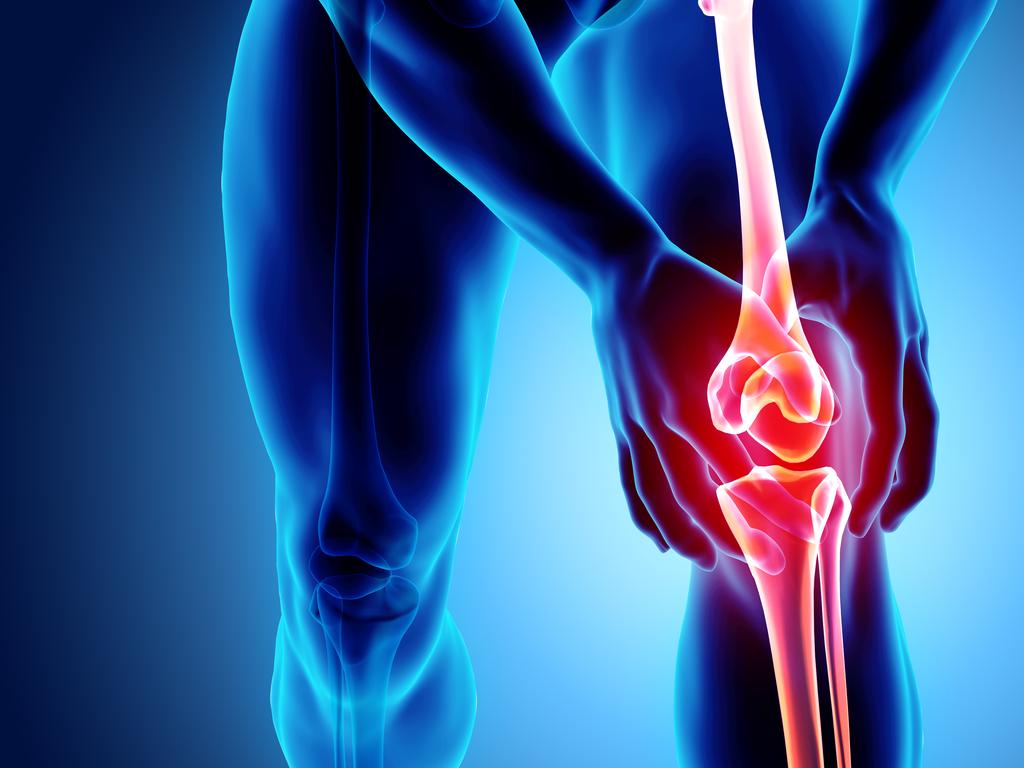




To join the conversation, please log in. Don't have an account? Register
Join the conversation, you are commenting as Logout